1. Nelson MC, Story M, Larson NI, Neumark-Sztainer D, Lytle LA. Emerging adulthood and college-aged youth: an overlooked age for weight-related behavior change. Obesity (Silver Spring). 2008; 16:2205–2211. PMID:
18719665.

2. Poobalan AS, Aucott LS, Clarke A, Smith WC. Diet behaviour among young people in transition to adulthood (18-25 year olds): a mixed method study. Health Psychol Behav Med. 2014; 2:909–928. PMID:
25750826.

3. Hilger J, Loerbroks A, Diehl K. Eating behaviour of university students in Germany: dietary intake, barriers to healthy eating and changes in eating behaviour since the time of matriculation. Appetite. 2017; 109:100–107. PMID:
27864073.

4. Beaudry KM, Thomas AM, Falk B, Ward WE, Josse AR. Identifying changes in body weight, composition and dietary intake during first-year university. FASEB J. 2017; 31:957.27.
5. Laska MN, Larson NI, Neumark-Sztainer D, Story M. Dietary patterns and home food availability during emerging adulthood: do they differ by living situation? Public Health Nutr. 2010; 13:222–228. PMID:
19691902.
6. Brown C. The information trail of the ‘Freshman 15’--a systematic review of a health myth within the research and popular literature. Health Info Libr J. 2008; 25:1–12.
7. Chapman CD, Nilsson VC, Thune HÅ, Cedernaes J, Le Grevès M, Hogenkamp PS, Benedict C, Schiöth HB. Watching TV and food intake: the role of content. PLoS One. 2014; 9:e100602. PMID:
24983245.

8. Pingali P. Westernization of Asian diets and the transformation of food systems: implications for research and policy. Food Policy. 2006; 32:281–298.

9. Lee JY. Korea-Mongolia economic cooperation: achievements and strategic challenges. Mong Stud. 2015; 42:187–216.
12. Wholistic Interest Through Health (KR). School lunch project in Mongolia [Internet]. Seoul: Wholistic Interest Through Health;2013. cited 2018 February 5. Available from:
http://www.iwith.or.kr/business_02.html.
13. Joo EJ, Park ES. Comparison study of dietary behavior, nutrition knowledge, and body weight perception of female high school students in Jeonju, Korea and Jinan, China. Korean J Hum Ecol. 2016; 25:121–135.

14. Park JK, Nam YJ, Choi KM. A comparison of satisfaction for actual body and perceived body between Korean and Japanese female college students. J Korean Soc Clothing Text. 2004; 28:758–766.
15. Kim MY, Choi EJ, Abe S, Jjang CY, Yoon JH. Comparison of nutrient criteria of school lunch programs in Korea, Japan, and Taiwan. In : 2015 Spring Conference the East Asian Society of Dietary Life; 2015 May 9; Seoul, Korea. Seoul: The East Asian Society of Dietary Life;2015. p. 195.
16. Jang SH. An investigation into dietary habit and food preference by university student's nutrition knowledge [master's thesis]. Seoul: Konkuk University;2010.
17. Jo HJ. A study of drinking behaviors according to diet and nutritional knowledge of university students [master's thesis]. Gimhae: Inje University;2011.
18. World Health Organization Western Pacific Region. International Association for the Study of Obesity. International Obesity Task Force. The Asia-Pacific Perspective: Redefining Obesity and Its treatment. Sydney: Health Communications Australia Pty Limited;2000.
19. Stunkard A. Old and new scales for the assessment of body image. Percept Mot Skills. 2000; 90:930. PMID:
10883782.

20. Ambrosi-RandiXMLLink_XYZ N, Pokrajac-Bulian A, Takšić V. Nine, seven, five, or three: how many figures do we need for assessing body image? Percept Mot Skills. 2005; 100:488–492. PMID:
15974359.

21. Hyun H, Lee H, Ro Y, Gray HL, Song K. Body image, weight management behavior, nutritional knowledge and dietary habits in high school boys in Korea and China. Asia Pac J Clin Nutr. 2017; 26:923–930. PMID:
28802303.
22. Curran PJ, West SG, Finch JF. The robustness of test statistics to nonnormality and specification error in confirmatory factor analysis. Psychol Methods. 1996; 1:16–29.

23. The Korean Labor Economic Association. Study on Strengthening Cooperation in Employment Labor Sector between Korea and Mongolia. Sejong: Ministry of Employment and Labor;2017.
24. Gim WS, Kim JS. Body-related values and body-esteem in East Asian women: a cross-national study focusing on Korean, Chinese, and Japanese college students. Korean J Psychol Soc Issues. 2007; 13:113–134.
25. Song L, An NY, Ryu HK. A comparative study of dietary and weight control behavior of female college students in Korea and China. Korean J Community Living Sci. 2015; 26:761–774.

26. Lee Y, Sun L. The study of perception in body somatotype and dietary behaviors: the comparative study between Korean and Chinese college students. Korean J Community Nutr. 2013; 18:25–44.
27. Lee SG, Koh AR. Formation models of body image, self-esteem, and clothing attitudes as related to pubertal physical growth. J Korean Soc Clothing Text. 2005; 29:438–448.
28. Jang HS, Kim TR. The effect of mass media on body perception and state esteem of body image. Stud Korean Youth. 2006; 17:57–83.
29. Shin YH, Lee HW, Jeon SH, Lee MJ, Kim SH, Kim S, Kim HG, Shin KM. Korean Cultural Wave in East Asia. Yongin: Jeonyewon;2006.
30. Yoon CH. Analysis of health status and health behavior among school children in Mongolia [master's thesis]. Seoul: Yonsei University;2009.
32. Shuchen G, Kim H, Kim M. A cross-cultural investigation of nutrition knowledge, dietary behaviors, and checking behaviors of food and nutrition labels between Korean and Chinese university students. J East Asian Soc Diet Life. 2015; 25:942–951.
33. Yang SG. Analysis of School Meal Program in Korea in OECD Countries. Seoul: Korean Educational Development Institute;2010.
35. Campo S, Mastin T. Placing the burden on the individual: overweight and obesity in African American and mainstream women's magazines. Health Commun. 2007; 22:229–240. PMID:
17967145.

36. Babbie ER. The Basics of Social Research. Boston (MA): Cengage Learning;2007.
37. Park YS, Lee JW, Seo JS, Lee BK, Lee HS, Lee SK. Nutrition Education & Counseling. 5th ed. Paju: Kyomunsa;2013.
38. Son S, Ro Y, Hyun H, Lee H, Song K. A comparative study on dietary behavior, nutritional knowledge and life stress between Korean and Chinese female high school students. Nutr Res Pract. 2014; 8:205–212. PMID:
24741406.

39. Sakamaki R, Amamoto R, Mochida Y, Shinfuku N, Toyama K. A comparative study of food habits and body shape perception of university students in Japan and Korea. Nutr J. 2005; 4:31. PMID:
16255785.

40. Choi SH. Effects of self esteem, dietary self-efficacy and life stress on dietary behavior of female nursing students. J Korea Acad Ind Coop Soc. 2017; 18:366–374.
42. Lum C, Corliss HL, Mays VM, Cochran SD, Lui CK. Differences in the drinking behaviors of Chinese, Filipino, Korean, and Vietnamese college students. J Stud Alcohol Drugs. 2009; 70:568–574. PMID:
19515297.

46. Oranisation for Economic Co-operation and Development. World Health Organization. Health at a Glance: Asia/Pacific 2014: Measuring Progress towards Universal Health Coverage. Paris: OECD Publishing;2014.
47. Kim MO, Sawano K. Comparison of Korean and Japanese female college students' obesity recognition and life style. J Korean Soc Food Sci Nutr. 2010; 39:699–708.

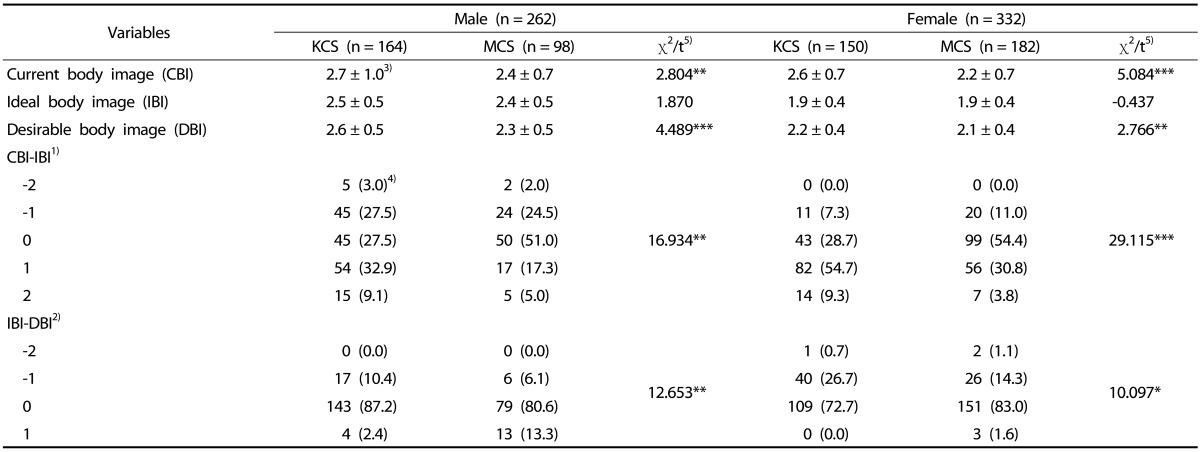




 PDF
PDF ePub
ePub Citation
Citation Print
Print



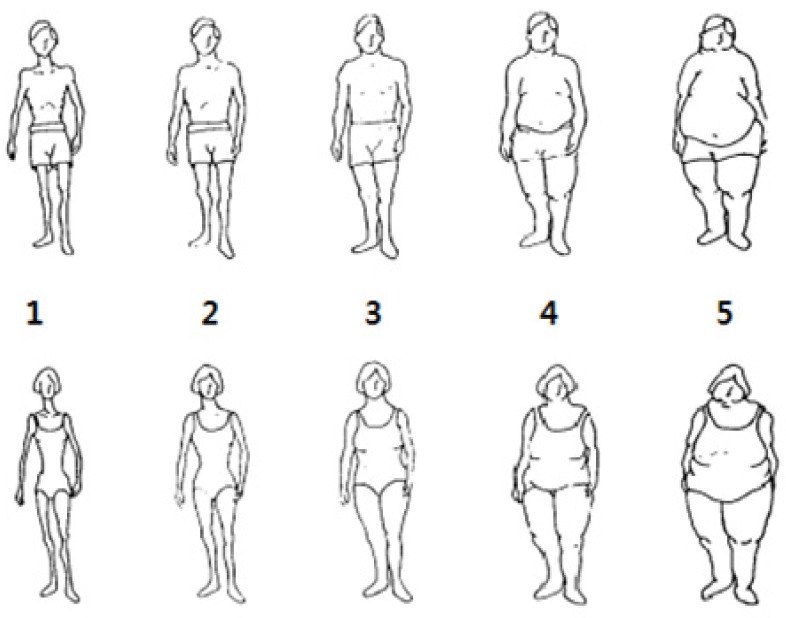



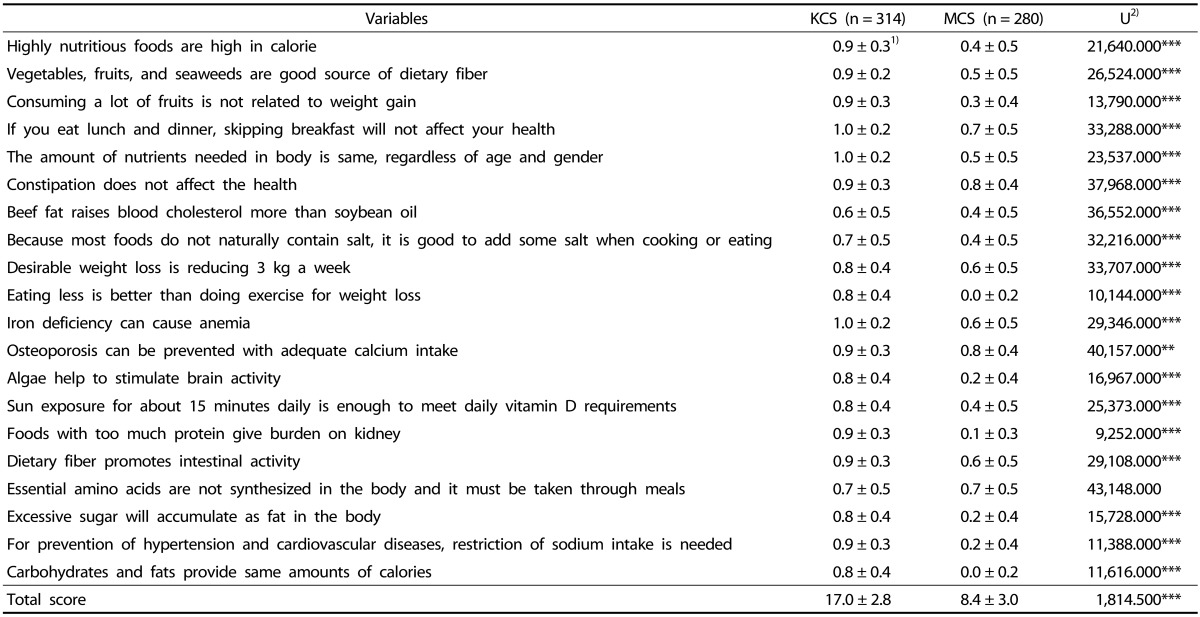


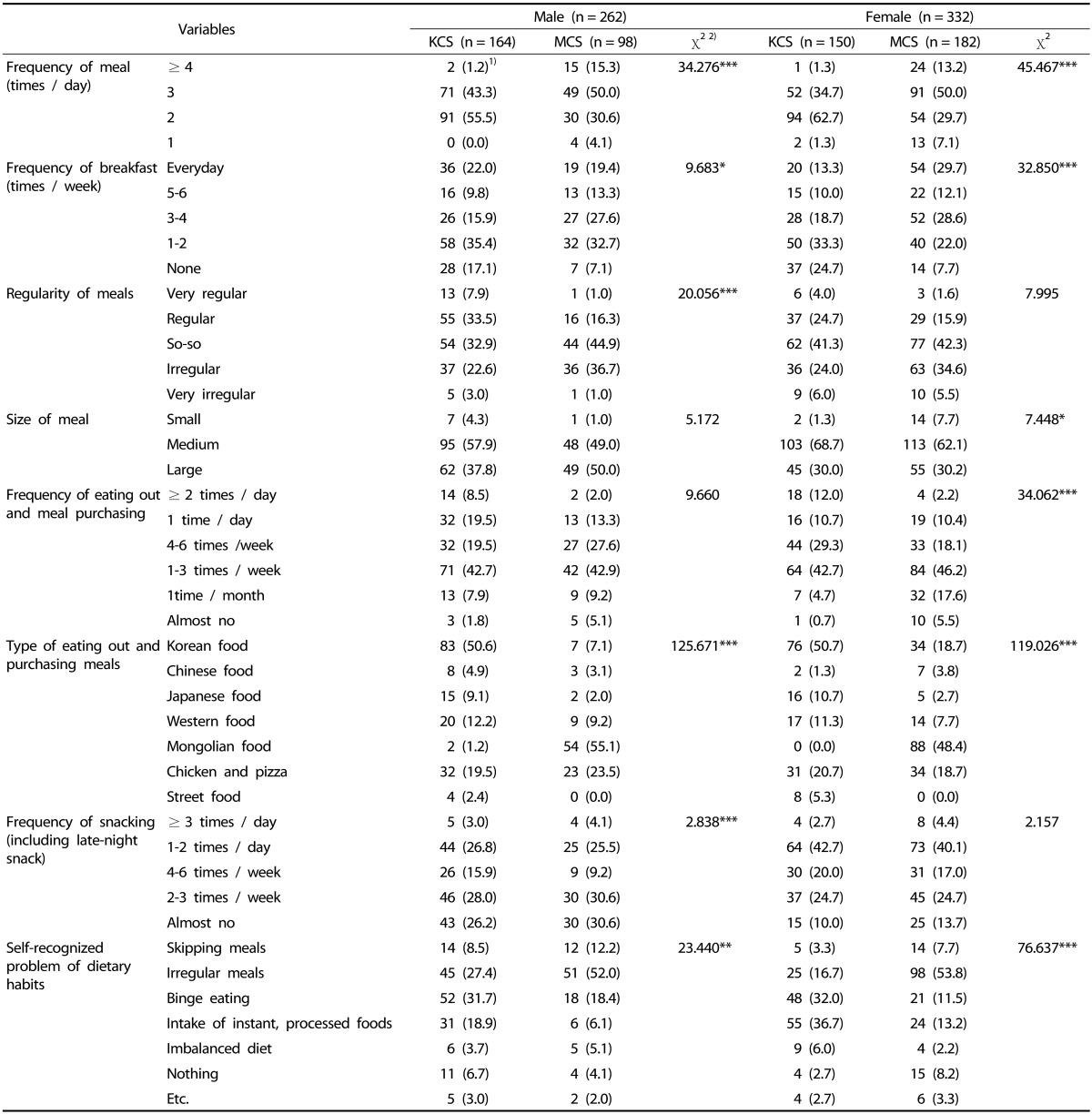
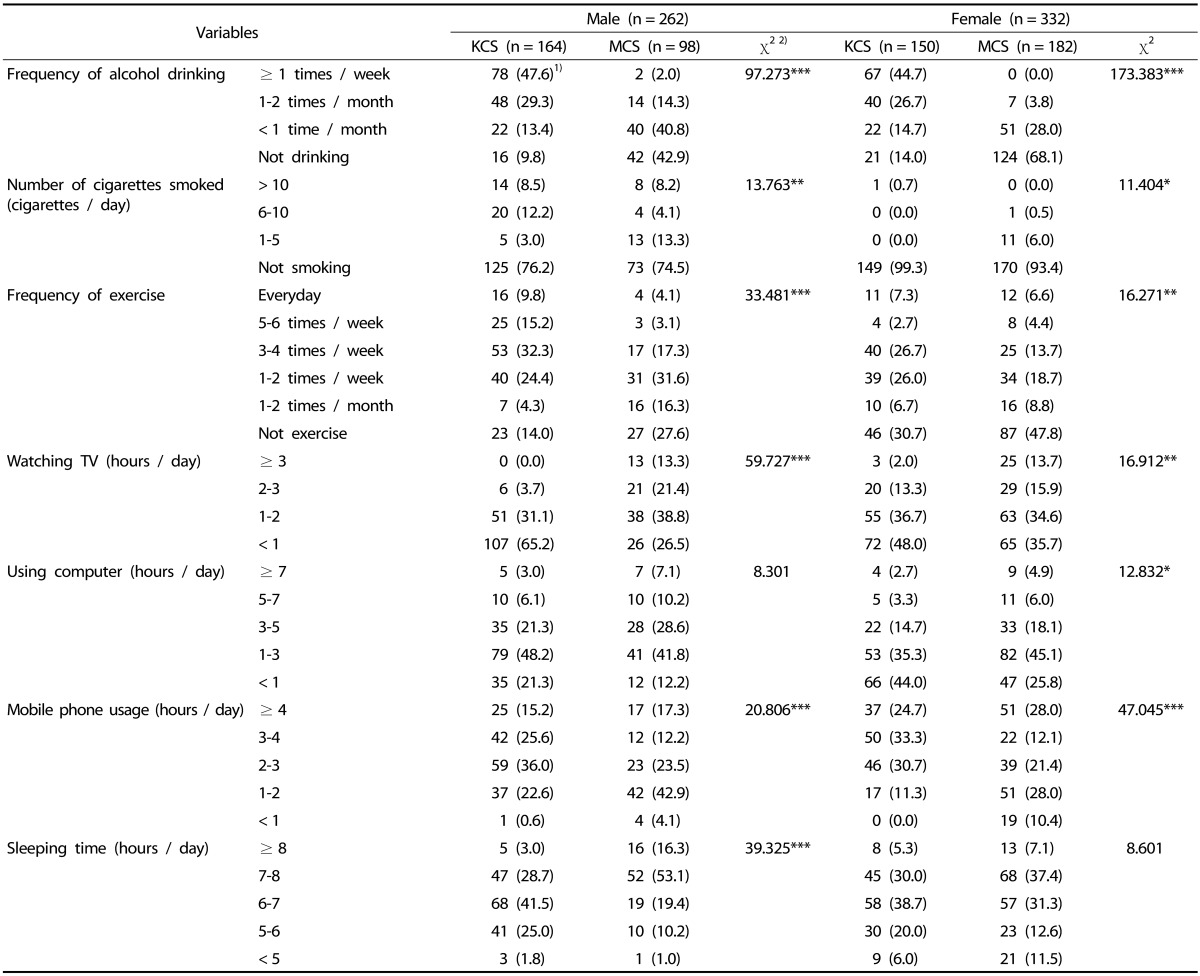
 XML Download
XML Download